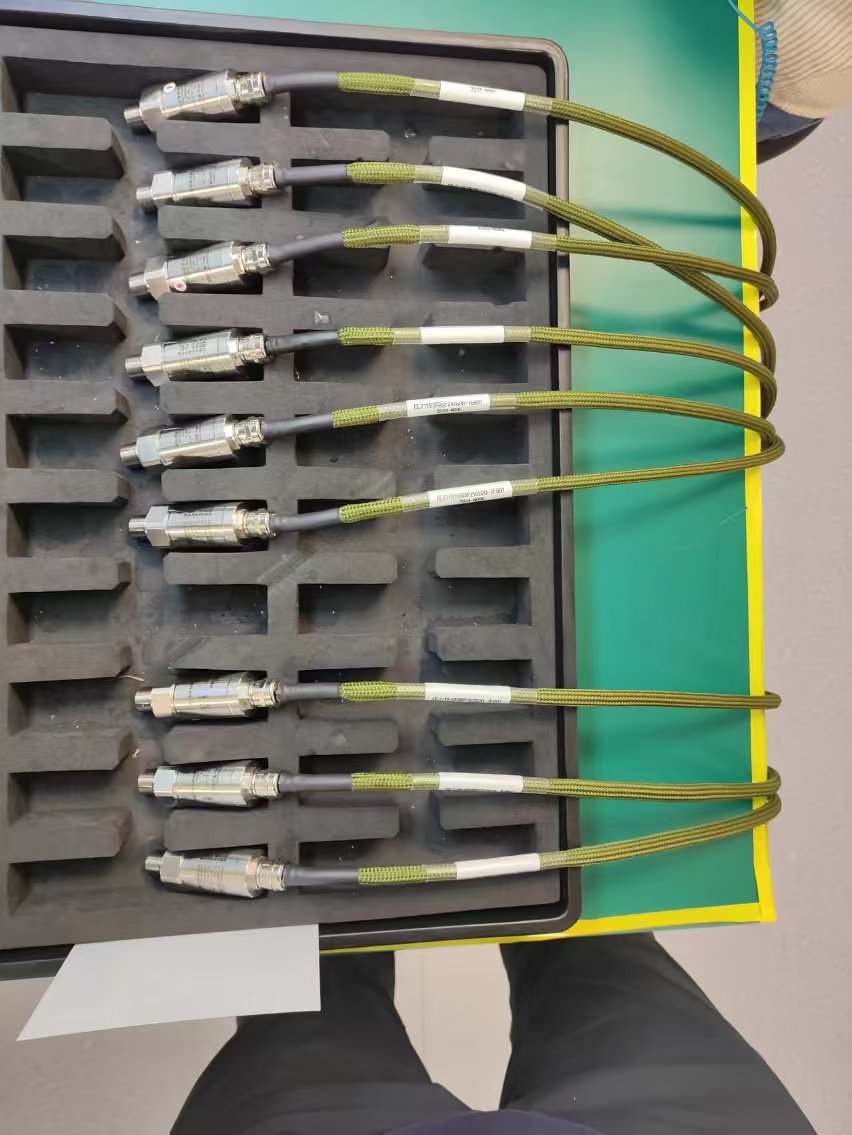Views: 2 Author: Site Editor Publish Time: 2024-10-29 Origin: Site












The measurement accuracy of piezoresistive silicon resonant pressure sensors is affected by many factors, mainly including the following aspects:
1.Factors of the sensor itself:
Sensitivity: The consistency and stability of sensitivity are crucial for measurement accuracy. If there are large differences in the sensitivity of the sensor during the manufacturing process, or if the sensitivity changes due to factors such as aging and temperature changes during use, it will affect the accuracy of the measurement results. Generally speaking, the higher and more stable the sensitivity, the relatively higher the measurement accuracy of the sensor. However, excessive sensitivity may also make the sensor more sensitive to interference signals.
Linearity: Ideally, the output of the sensor should have a linear relationship with the input pressure. However, due to the physical characteristics of silicon materials and the manufacturing process of the sensor and other reasons, the actual sensor may have a certain degree of nonlinearity. This nonlinearity will lead to different measurement errors of the sensor in different pressure ranges, thus affecting the measurement accuracy.
Resolution: Resolution is the minimum pressure change that a sensor can detect. The higher the resolution, the stronger the sensor's ability to detect tiny pressure changes, and the higher the measurement accuracy. If the sensor's resolution is insufficient, it may not be able to accurately detect subtle pressure changes, resulting in errors in measurement results.
Resonator structure design: The structure design of the resonator directly affects the performance of the sensor. For example, the size, shape, material of the components such as the mass block, support beam, and electrode of the resonator, as well as their connection methods, will all affect the vibration characteristics and frequency stability of the resonator. If the structure design is unreasonable, it may cause the vibration frequency of the resonator to be easily affected by external interference, or the frequency change under pressure is not obvious, thereby reducing the measurement accuracy of the sensor.
Performance of piezoresistive elements: Piezoresistive elements are the key components that convert pressure signals into resistance changes. Performance parameters such as the stability of resistance value, temperature coefficient, and strain coefficient will all affect the measurement accuracy of the sensor. For example, if the temperature coefficient of the piezoresistive element is large, its resistance value will change greatly when the temperature changes, thereby increasing the measurement error of the sensor.
2.Environmental factors:
Temperature: Temperature changes have a great impact on the measurement accuracy of piezoresistive silicon resonant pressure sensors. On the one hand, temperature will affect the physical characteristics of silicon materials, such as elastic modulus and resistivity, thereby causing changes in performance parameters such as the sensitivity and linearity of the sensor; on the other hand, temperature changes will cause thermal expansion and thermal stress inside the sensor, affecting the structural stability and vibration frequency of the resonator.
Humidity: If the sensor is used in a high-humidity environment, it may cause moisture to enter the sensor, affecting the performance of the piezoresistive element and even causing faults such as short circuits. In addition, changes in humidity may also cause the packaging material of the sensor to expand or contract, affecting the structural stability and measurement accuracy of the sensor.
Vibration and shock: In practical applications, if the sensor is subjected to vibration or shock, it may cause the internal components of the sensor to shift or loosen, affecting the measurement accuracy of the sensor. Especially for resonant sensors, vibration may interfere with the normal vibration of the resonator, resulting in inaccurate measurement results.
Electromagnetic interference: Electromagnetic signals in the surrounding environment may interfere with the sensor's circuit, affecting the sensor's signal transmission and processing, thereby reducing measurement accuracy. Therefore, in complex electromagnetic environments, protective measures such as electromagnetic shielding need to be taken for the sensor.
3.Installation and usage factors:
Installation method: The installation method of the sensor should ensure that it can accurately sense the measured pressure. If the installation is not firm, the installation position is incorrect, or mechanical damage is caused to the sensor during the installation process, the measurement accuracy of the sensor may be affected. For example, if the installation surface of the sensor is not flat, it may cause additional stress on the sensor under pressure and affect the measurement result.
Pressure overload: If the sensor is subjected to pressure overload exceeding its range, it may cause structural damage or performance degradation of the sensor, thereby affecting the measurement accuracy. Therefore, when using the sensor, it should be ensured that the measured pressure is within the range of the sensor.
Signal processing circuit: The signal processing circuit of the sensor also has an important impact on the measurement accuracy. If the design of the signal processing circuit is unreasonable, the quality of electronic components is unstable, or the anti-interference ability of the circuit is insufficient, it may cause the output signal of the sensor to be distorted or interfered, thereby affecting the measurement accuracy.